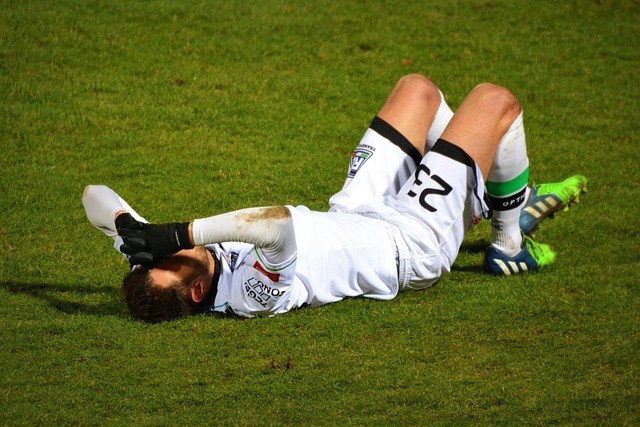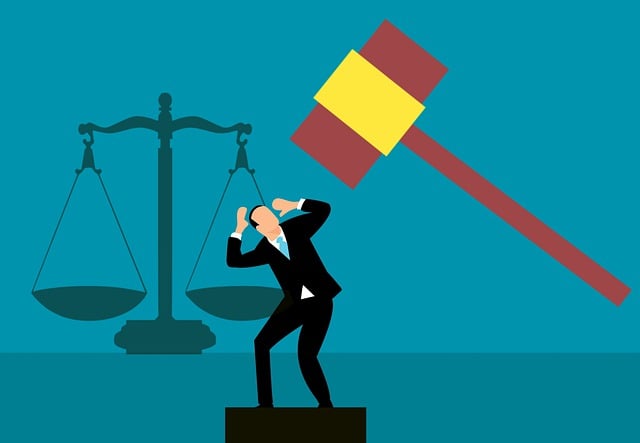Understanding the injury case timeline is crucial for minor injury claims, factoring in specialized care, potential insurance disputes, and legal procedures specific to jurisdiction. This process can span months to years, involving documentation, negotiations, trials, and complex legal rules, with specialized attorneys aiding families through medical bills, rehabilitation, and future losses.
Injury cases involving minors require special consideration due to their vulnerable nature. When a minor sustains an injury, understanding the extended injury case timeline is crucial. This article delves into the intricacies of minor injury claims, outlining the legal process and timelines. We explore how courts compensate minors for long-term injuries, emphasizing the significance of prompt actions and the unique challenges in such cases. By deciphering this process, parents and guardians can navigate the system effectively, ensuring their child receives fair compensation.
- Understanding Minor Injury Claims
- Legal Process: Steps and Timelines
- Compensating Minors for Extended Injuries
Understanding Minor Injury Claims

When it comes to minor injury claims, understanding the process is key for all involved parties. These cases often involve individuals under the age of 18 who have suffered injuries due to another party’s negligence or intentional actions. The unique aspect of such claims lies in their potential for a longer injury case timeline compared to adult cases. This extended timeline is primarily attributed to various factors, including the vulnerability of minors and the need for specialized medical care and assessment.
In these scenarios, it’s crucial to recognize that minors may require more extensive treatment, rehabilitation, and healing periods due to their developing bodies. As such, the legal process adapts to accommodate these needs, ensuring a fair outcome for the injured minor. Moreover, insurance disputes can add complexity, as insurers might employ different strategies when dealing with claims from minors, potentially leading to delays or alternative approaches, such as property damage claims, in seeking compensation.
Legal Process: Steps and Timelines

The legal process for injured minors and their extended injury case timeline involves several meticulous steps. Initially, it’s crucial to ensure proper documentation of the injury, including medical records, police reports, and witness statements. This foundation is essential when filing a claim, whether against a responsible party, such as a negligent driver in a car accident, or reviewing an employment contract for potential breach of fiduciary duty. Each jurisdiction has its own procedural rules and timelines that must be adhered to, dictating the pace at which the case progresses.
Once a claim is filed, the process can take several months or even years. For instance, pursuing a personal injury case may involve negotiations with insurance companies, where homeowner insurance claims are often part of the discussion. If settlement negotiations fail, the matter could proceed to trial, adding more time and legal complexities. Understanding these stages and timelines is vital for injured parties and their legal representatives in navigating the legal process effectively.
Compensating Minors for Extended Injuries

When minors sustain extended or long-term injuries due to someone else’s negligence, they are entitled to compensation for their suffering and associated costs. In many cases, this involves navigating a complex injury case timeline, especially when dealing with medical expenses, rehabilitation, and lost opportunities that extend far into the future. A personal injury attorney specializing in these matters can help guide both minors and their families through this process.
Compensating minors for extended injuries often requires meticulous planning and legal strategy to ensure they receive adequate support for life-changing conditions. This may include pursuing wrongful death claims if the initial injury leads to fatal consequences or breach of contract cases where negligence violates a duty of care, resulting in prolonged harm. The goal is to secure resources that will cater to the minor’s needs throughout their recovery and beyond, ensuring they have access to quality healthcare, education, and rehabilitation services as outlined in their injury case timeline.
Injuring a minor can have lasting consequences, and understanding the extended injury case timeline is crucial. From initial claims to compensation, the legal process involves several steps that must be navigated carefully. This article has outlined key aspects, from recognizing minor injury claims to compensating for prolonged recovery. By adhering to legal timelines and thoroughly documenting medical evidence, parents and guardians can ensure their child receives fair and timely reimbursement for any extended injuries incurred due to someone else’s negligence.






